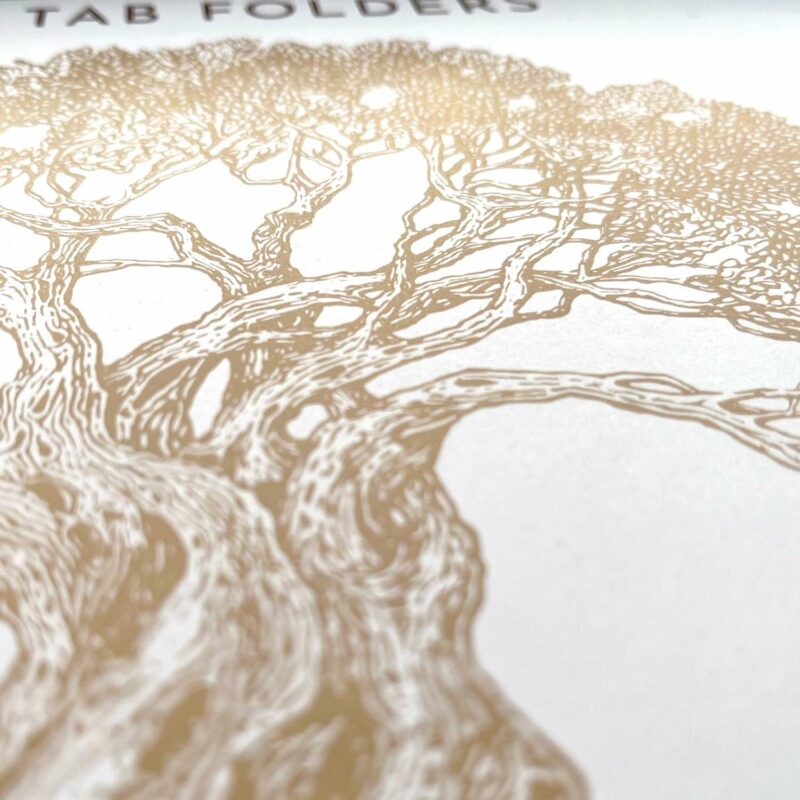How to Design for Print
Designing for print can be a complex and challenging task, but with the right approach, it can result in high-quality printed materials that stand out from the competition. To achieve this, it’s essential to understand your audience, choose the right materials, create a strong concept, and select colors, fonts, images, and graphics that complement each other and the message you want to convey.
Understanding Your Audience
Before you start designing, it is very important to have a clear understanding of your target audience. Who are you trying to reach with your print materials? What are their needs, interests, and preferences? Understanding your audience will help you to make informed decisions about the design, content, and format of your materials and layouts.
Large Margins for Breathing Room
Large margins play an important role in the overall appearance and impact of your design. They give your design a sense of elegance and sophistication, while also providing breathing room and a visual break from the content. This can help to improve readability, balance the design, and create a more professional look and feel. When setting margins, consider the size and format of your materials, as well as the content and intended use.

Toner-Based Printing Design Choices
Toner-based printing is recommended for short-run printing, and it’s best to use premium uncoated smooth paper for a clean and professional look. Uncoated Smooth paper is best utilized with light or no backgrounds and/or combinations.
Contrast
The contrast between the toner-based ink and the paper is also crucial to consider. Light backgrounds and/or no backgrounds can show images and text with a sheen, while the paper appears more matte. The combination is the strongest attribute for toner-based printing.
Edge Treatment
All dark solid background are best avoided unless they are laminated. The edges can never look as clean as a white background. After cutting and handling by the client, small chips in the print may become very obvious.
Text Alignment
When designing for print, it is also important to pay attention to the alignment of the text. Center justification and left justification can give a sense of balance and structure to the design, ensuring that all text lines up. This creates a polished and professional look. In most cases, just choose one or two fonts and make sure it is either centered or all lined up to the left.
Resolution
Saving Your File for Print
An Easier Path with Canva
Finally, we recommend paying attention to tools such as Canva to make the design process easier and more accessible. When using Canva, it’s important to adjust the size of the document and export it as a PDF with crop marks and bleeds to ensure the final product is of the highest quality.
By following this guide, we hope this will help you create high-quality print designs that effectively communicate your message and stand out from the competition.
